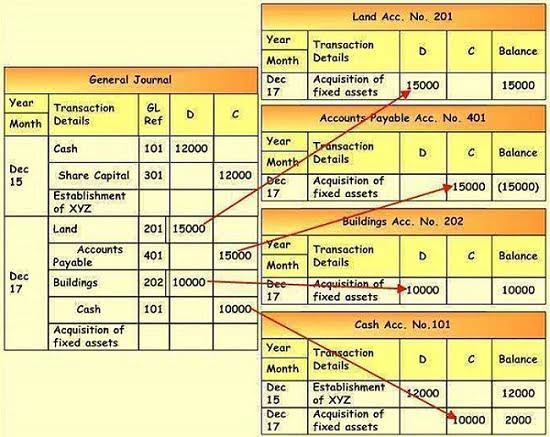The easiest way to take advantage of compound interest is to start saving! Just enter your beginning balance, the regular deposit amount at any specified interval, the interest rate, compounding interval, and the number of years you expect to allow your investment to grow. Compound interest is often compared to a snowball that grows over time. Much like a snowball at the top of a hill, compound interest grows your balances a small amount at first. Like the snowball rolling down the hill, as your wealth grows, it picks up momentum growing by a larger amount each period. The longer the amount of time, or the steeper the hill, the larger the snowball or sum of money will grow.
______ Addition ($) – How much money you’re planning on depositing daily, weekly, bi-weekly, half-monthly, monthly, bi-monthly, quarterly, semi-annually, or annually over the number of years to grow. The compounding of interest grows your investment without any further deposits, although you may certainly choose workers’ compensation basics to make more deposits over time – increasing efficacy of compound interest. With compound interest investments, it’s better to wait and allow these investments to grow, but with money you owe, it’s usually best to pay down debt as quickly as possible — especially if your interest rate is high.
Compounding with additional deposits
Examples are hypothetical, and we encourage you purchases returns and allowances to seek personalized advice from qualified professionals regarding specific investment issues. Our estimates are based on past market performance, and past performance is not a guarantee of future performance. To calculate the ending balance with ongoing contributions (c), we add a term that calculates the value of ongoing contributions to the principal balance. $10,000 invested at a fixed 5% yearly interest rate, compounded yearly, will grow to $26,532.98 after 20 years. This means total interest of $16,532.98 anda return on investment of 165%. Unlike simple interest, which is calculated only on the principal, compound interest is calculated on both the principal and the accumulated interest.
The more times theinterest is compounded within the year, the higher the effective annual interest rate will be. We at The Calculator Site work to develop quality tools to assist you with your financial calculations. We can’t, however, advise you about where toinvest your money to achieve the best returns for you. Instead, we advise you to speak to a qualified financial advisor for advice based upon your owncircumstances.
Invest Like Todd
- It’s important to understand how compound interest works so you can find a balance between paying down debt and investing money.
- We’ll use a 20 yearinvestment term at a 10% annual interest rate (just for simplicity).
- Compound interest is the interest you earn on your original money and on the interest that keeps accumulating.
- Compound interest has dramatic positive effects on savings and investments.
- Simple interest refers only to interest earned on the principal balance; interest earned on interest is not taken into account.
Note, that if you leave the initial and final balances unchanged, a higher the compounding frequency will require a lower interest rate. This is because a higher compounding frequency implies more substantial growth on your balance, which means you need a lower rate to reach the same amount of total interest. Use the compound interest rate calculator to compute the precise interest rate that is applied to an initial balance that reaches a certain surplus with a given compound frequency over a certain period. You can include regular withdrawals within your compound interest calculation as either a monetary withdrawal or as a percentage of interest/earnings. This flexibility allows you to calculate and compare the expected interest earnings on various investment scenarios so that you know if an 8% return, compounded daily is better than a 9% return, compounded annually.
Expectancy Wealth Planning Master Course
Total Deposits – The total number of deposits made into the investment over the number of years to grow. When it comes to retirement planning, there are only 4 paths you can choose. Our flagship wealth planning course teaches you how to secure your financial future with certainty. You can look at your loan or credit card disclaimer to figure out if your interest is being compounded and at what rate. Three simple strategies to consider when doing your long-term financial planning. As always, we recommend speaking to a qualified financial advisor for advice.
You’re our first priority.Every time.
This course will show you how to calculate your retirement number accurately the very first time – with confidence – using little-known tricks and tips that make the process easy. As a final note, many of the features in how to account for dividends paid: 12 steps my compound interest calculator have come as a result of user feedback. So, if you have any comments or suggestions, I would love to hear from you. Let’s cover some frequently asked questions about our compound interest calculator. Number of Years to Grow – The number of years the investment will be held. Expectancy Wealth Planning will show you how to create a financial roadmap for the rest of your life and give you all of the tools you need to follow it.
You can utilize this tool to determine how much you will owe in interest on your debt or estimate how much you will earn in interest on your investments. Estimate your savings or spending through our compound interest calculator. Enter your initial amount, contributions, rate of return and years of growth to see how your balance increases over time. The TWR figure represents the cumulative growth rate of your investment.
But the longer you take to pay off your compound interest debts, the higher they will become. You can use compound interest to save money faster, but if you have compound interest on your debts, you’ll lose money more quickly, too. Interest may compound on a daily, monthly, annual or continuous schedule.
A daily compound interest calculator calculates what you’ll earn (or be charged) every day. With monthly, you’ll earn (or be charged) interest each month, and with annual, you’ll earn (or be charged) every year (an annual percentage). Due to the way the compound interest formula works, the more frequently you compound, the more interest earned (or charged). Use a daily compound interest calculator to better determine your day-to-day rates. If you’d prefer not to do the math manually, you can use the compound interest calculator at the top of our page. Simplyenter your principal amount, interest rate, compounding frequency and the time period.






